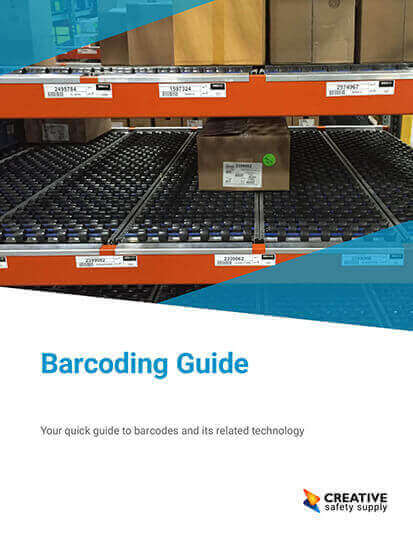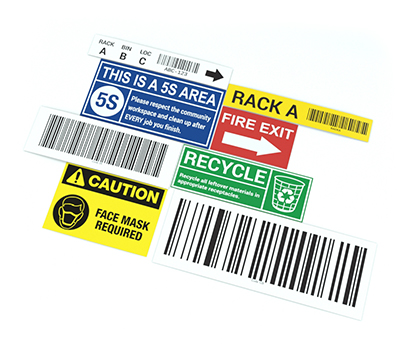
"The Standard": Barcodes have become an integral part of modern commerce, revolutionizing inventory management and retail operations. The standard barcode, often referred to as the UPC (Universal Product Code), is a universally recognized symbol that uniquely identifies products. This article delves into the details of the standard barcode system, exploring its history, structure, benefits, and applications.
History and Evolution: The concept of barcoding emerged in the 1940s, driven by the need for efficient product tracking and data management. The first patent for a barcode was filed in 1949 by Norman Joseph Woodland and Bernard Silver. However, it wasn't until the 1970s that the technology gained widespread adoption with the introduction of the UPC system.
Structure and Components: A standard barcode consists of a series of parallel lines and spaces that vary in width and arrangement. Each digit or character is encoded using a combination of these bars and spaces. The most common standard barcode is the UPC-A, which is composed of 12 digits. The first few digits represent the manufacturer, followed by the item number and a check digit for verifying barcodes and error detection.
Benefits and Applications: The standard barcode system offers numerous benefits to businesses and consumers alike. It streamlines inventory management, expedites the checkout process, reduces pricing errors, and enables accurate product identification. Standard barcodes are widely used in retail, logistics, healthcare, and manufacturing industries.
Need barcodes?
Our free barcode generator allows you to create custom barcodes readable with any scanner.
Global Acceptance: One of the most significant advantages of the standard barcode is its international recognition and acceptance. The standard barcode system facilitates seamless trade and commerce across borders by providing a consistent method of product identification. Products with standard barcodes can be easily scanned and identified regardless of their origin.
Challenges and Advances: While the standard barcode system has been highly successful, it does have limitations in terms of data capacity and flexibility. To address these challenges, advanced barcode technologies like QR codes and Data Matrix codes have been developed, allowing for more extensive data storage and linking to digital information. With these advancements, some changes have been or are currently being considered for the standardization of barcodes.
Industry Advancements: Over the years, the standard barcode system has witnessed significant advancements and adaptations to go from common barcode uses to advanced and evolved uses to meed industry demands. A notable addition is the GS1 DataBar, a set of barcodes tailored for smaller items, offering enhanced accuracy in data capture. This extension is particularly valuable in sectors like fresh foods and healthcare, where compact barcodes are essential for precise tracking and management. The introduction of the GS1 DataBar showcases the system's ability to evolve and cater to specific industries, contributing to its ongoing relevance and versatility.
Conclusion: The standard barcode system, such as the UPC, has transformed the way products are tracked, managed, and sold. Its universal recognition and acceptance make it an essential tool for businesses operating in a global marketplace. As technology continues to evolve, barcodes will likely remain a cornerstone of efficient product identification and data management. Whether you're a manufacturer, retailer, or consumer, understanding the standard barcode's role can enhance your appreciation for the modern supply chain and retail landscape.
Similar Questions
- What happens when a Barcode is scanned?
- How do I Verify a Barcode?
- What is a UPC barcode?
- Which Barcode should I use?
- How to Generate a Product Barcode?
- How are Barcodes Generated?
- How do I scan a product without a Barcode?
- How to Generate a Data Matrix Barcode?
- How many different Barcode combinations are there?


